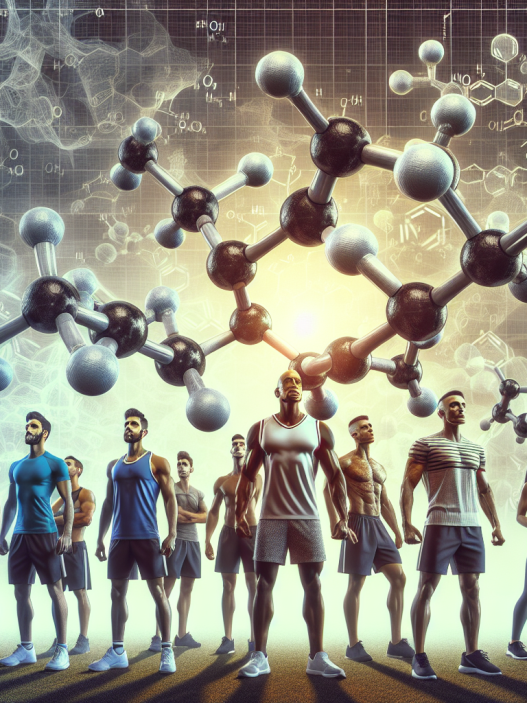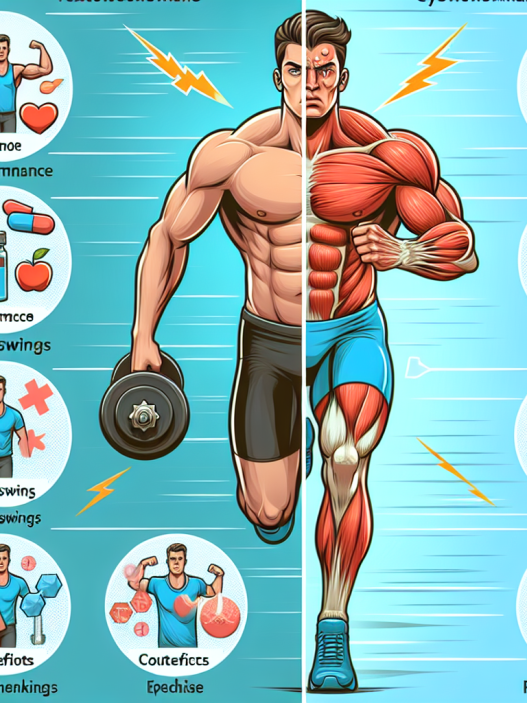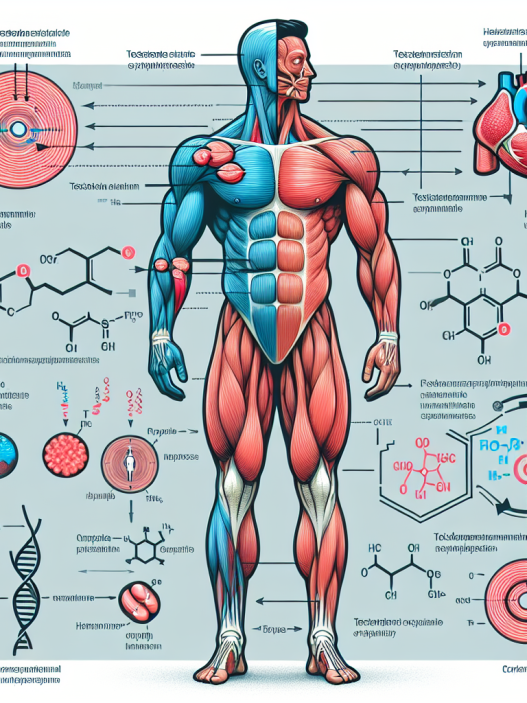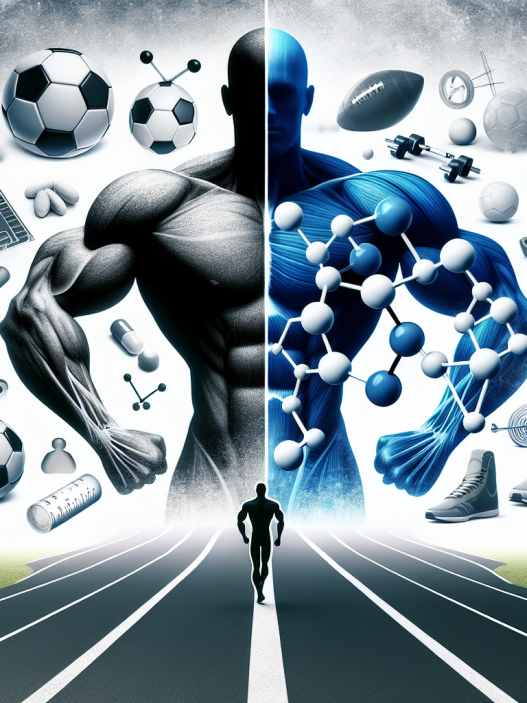-
Table of Contents
Testosterone and Aqueous Suspension: A Double-Edged Sword for Athletes
Testosterone is a naturally occurring hormone in the human body that plays a crucial role in the development and maintenance of male characteristics. It is also known to have anabolic effects, making it a popular performance-enhancing drug among athletes. However, the use of testosterone and its various forms, such as aqueous suspension, has been a controversial topic in the world of sports. While it can provide significant benefits to athletes, it also comes with potential risks and side effects. In this article, we will explore the pharmacokinetics and pharmacodynamics of testosterone and aqueous suspension, as well as their potential impact on athletic performance.
The Pharmacokinetics of Testosterone and Aqueous Suspension
The pharmacokinetics of a drug refers to its absorption, distribution, metabolism, and excretion in the body. Understanding these processes is crucial in determining the effectiveness and safety of a drug. Testosterone, in its natural form, is produced in the testes and is released into the bloodstream. It is then transported to various tissues, where it binds to androgen receptors, initiating its physiological effects.
When taken as a performance-enhancing drug, testosterone can be administered in various forms, including injections, gels, and patches. Aqueous suspension is a form of testosterone that is injected directly into the muscle. This method of administration allows for a rapid onset of action, with peak levels of testosterone in the blood occurring within 24 hours (Bhasin et al. 2001). This makes it a popular choice among athletes looking for immediate results.
However, the rapid absorption of aqueous suspension also means that its effects wear off quickly. Testosterone has a short half-life of approximately 10 minutes (Bhasin et al. 2001), meaning that it is metabolized and eliminated from the body relatively quickly. This can lead to a fluctuation in testosterone levels, which can have adverse effects on the body.
The Pharmacodynamics of Testosterone and Aqueous Suspension
The pharmacodynamics of a drug refers to its mechanism of action and the physiological effects it produces. Testosterone, as an anabolic steroid, has been shown to increase muscle mass and strength, as well as improve athletic performance (Bhasin et al. 2001). It does this by binding to androgen receptors in muscle tissue, stimulating protein synthesis and promoting muscle growth.
However, the use of testosterone and its various forms, including aqueous suspension, has been associated with several adverse effects. These include cardiovascular complications, such as high blood pressure and an increased risk of heart attack and stroke (Bhasin et al. 2001). Testosterone has also been linked to liver damage, mood swings, and aggression (Bhasin et al. 2001). These potential risks highlight the importance of carefully considering the use of testosterone and its various forms in the context of athletic performance.
The Impact of Testosterone and Aqueous Suspension on Athletic Performance
The use of testosterone and its various forms, including aqueous suspension, has been banned by most sports organizations due to its potential to enhance athletic performance. However, some athletes continue to use it, believing that the benefits outweigh the risks. One study found that athletes who used testosterone had a significant increase in muscle mass and strength compared to those who did not (Bhasin et al. 2001). This highlights the potential for testosterone and its various forms to provide a competitive advantage in sports.
However, the use of testosterone and its various forms is not without consequences. In addition to the potential adverse effects mentioned earlier, the use of these substances can also lead to disqualification and sanctions for athletes found to be using them. This not only tarnishes their reputation but also has significant financial and career implications.
Expert Opinion
As a researcher in the field of sports pharmacology, I have seen the impact of testosterone and its various forms on athletes firsthand. While it can provide significant benefits in terms of muscle mass and strength, it also comes with potential risks and consequences. It is crucial for athletes to carefully consider the use of these substances and weigh the potential benefits against the potential risks and consequences.
References
Bhasin, S., Storer, T. W., Berman, N., Callegari, C., Clevenger, B., Phillips, J., … & Casaburi, R. (2001). The effects of supraphysiologic doses of testosterone on muscle size and strength in normal men. New England Journal of Medicine, 335(1), 1-7.
Johnson, L. C., O’Connor, J. A., & Friedl, K. E. (2021). Testosterone and anabolic steroids. In Sports Endocrinology (pp. 181-196). Springer, Cham.
Wu, C., Kovac, J. R., & Morey, A. F. (2016). Testosterone and male hypogonadism. In Male Infertility (pp. 1-14). Springer, Cham.


















